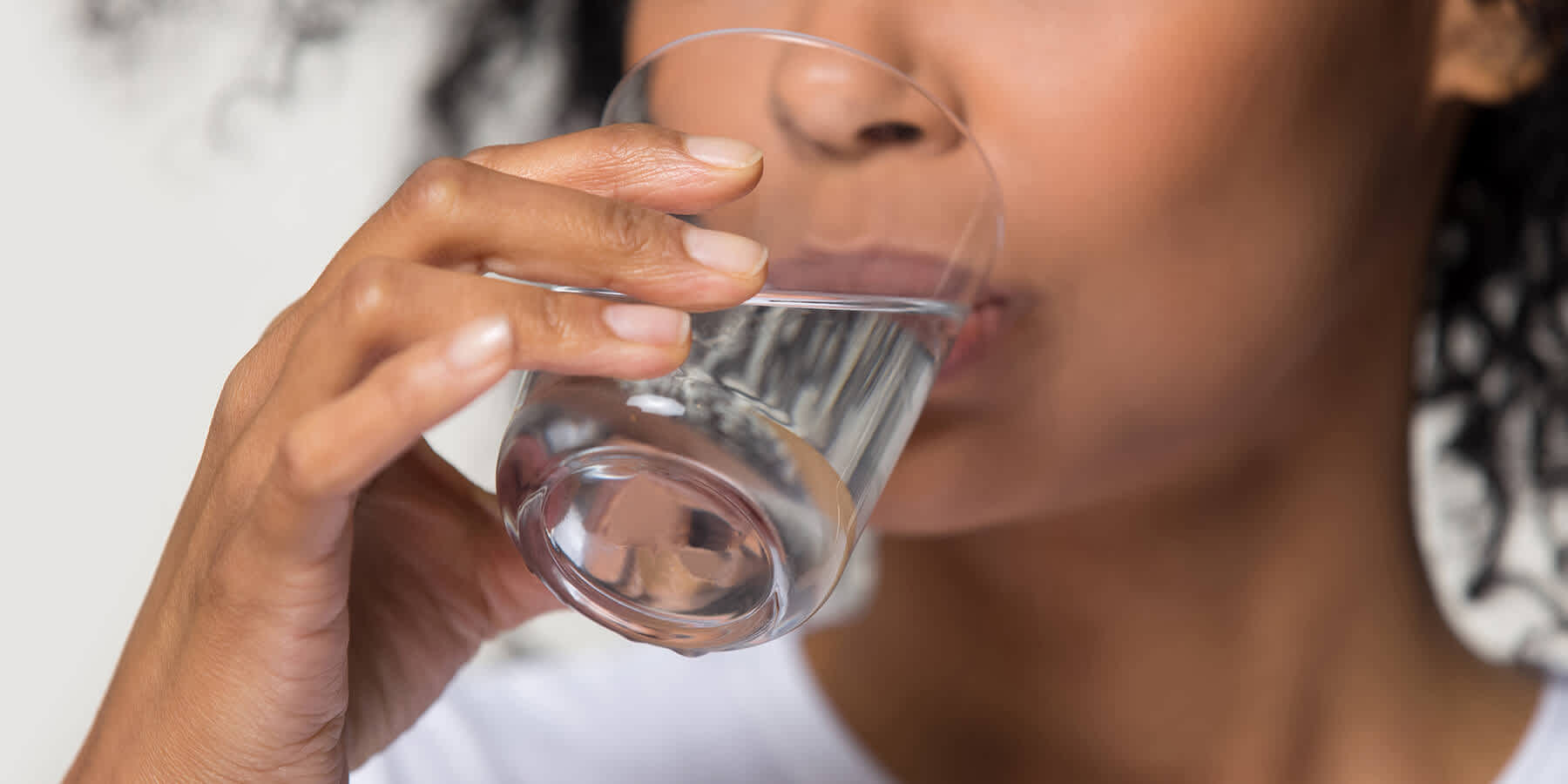
What is polydipsia?
Written on January 3, 2023 by Lori Mulligan, MPH. To give you technically accurate, evidence-based information, content published on the Everlywell blog is reviewed by credentialed professionals with expertise in medical and bioscience fields.
Table of contents
So, what is polydipsia? Polydipsia (paa-lee-dip-see-uh) may not roll off the tongue or be part of many people’s vocabularies, but it is an interesting medical term meaning “excessive thirst.”
According to the Cleveland Clinic, excess thirst is an abnormal urge to drink fluids at all times [1]. It’s a reaction to fluid loss in your body. Dry mouth and the urge to urinate often go along with it.
Drinking adequate amounts of water is very important because your body needs to stay hydrated to function properly. Everyone gets thirsty from time to time. But with polydipsia, your thirst may last for days, weeks, or months. No matter how much you drink, you can never seem to quench your thirst.
If you feel thirsty all the time, or if your extreme thirst has increased or continues after you drink, it may be a sign of diabetes mellitus, diabetes insipidus, or another serious health condition.
However, polydipsia may not be a symptom of a disease. It could be excessive thirst from sweating while exercising, eating a high-salt diet, or taking drugs that cause you to pass a lot of fluid, such as diuretics [1].
Let's explore the two types of polydipsia: primary and secondary polydipsia. Primary polydipsia is a condition that involves drinking more water than yourbody needs or should have. Secondary polydipsia is drinking excess water due to disease-induced or medication-induced thirst prompted by an actual need for water.
Primary polydipsia
Primary polydipsia is a condition in which there is excess consumption of fluids leading to polyuria (frequent urination), diluted urine, and, ultimately, electrolyte abnormalities, such as low sodium. Polyuria can be defined as urine production greater than 40-50 ml/kg in a 24-hour period.
Primary polydipsia can be categorized into two types: 1) psychogenic polydipsia and 2) dipsogenic polydipsia. As the name suggests, psychogenic polydipsia is seen in patients with psychiatric disorders. Psychogenic polydipsia is seen in many psychiatric conditions but is most commonly associated with schizophrenia. The exact mechanism is unknown, but various hypotheses have been put forward [2].
Complications of psychogenic polydipsia include incontinence and enuresis, bladder dilation and hydronephrosis, renal and congestive heart failure, and osteoporosis and associated pathologic fractures [3].
Diagnosis is by process of elimination. Other medical causes of polydipsia, polyuria, and/or hyponatremia (low concentration of sodium in blood) need to be ruled out.
Management includes fluid restriction and behavioral and pharmacologic therapy. Serum sodium should be vigilantly and frequently monitored, with judicious use of medications or hypertonic saline to treat symptomatic or severe hyponatremia [3].
The second type of primary polydipsia is dipsogenic polydipsia. This type of primary polydipsia, also called compulsory water drinking, is seen mostly in people who consciously drink large quantities of water to maintain a healthy lifestyle or in those whose hypothalamus (a part of the brain) is affected. Compulsory water drinking is perceived to improve and maintain good health, and it has been on the rise of late given the popularity of lifestyle programs [2].
Secondary polydipsia
Secondary polydipsia is considered one of the earliest symptoms of diabetes insipidus and mellitus. Diabetes insipidus is a rare condition where you pee a lot and often feel thirsty.
Diabetes insipidus is not related to type 1 diabetes or type 2 diabetes (also known as diabetes mellitus), but it does share some of the same signs and symptoms.
The 2 main symptoms of diabetes insipidus are:
- Extreme thirst (polydipsia)
- Peeing a lot, even at night (polyuria)
In very severe cases of diabetes insipidus, a person can pee up to 20 liters of urine in a day [4].
Polydipsia is especially common in diabetes mellitus patients. This type of diabetes includes a few conditions that make it harder for your body to process and use glucose, leading to elevated blood sugar. When your body can’t properly digest blood sugars, your blood sugar levels can get abnormally high. High blood sugar levels can cause you to feel extremely thirsty as a result.
Everything in moderation
It is important to be cognizant of your intake of fluids. Are you drinking too much, not enough, or just the right amount? Let a clinician, available via our telehealth appointment platform, help you figure this out. Most health insurance is accepted. Everlywell also has an HbA1c test, which is an easy way to measure how well you have been maintaining your blood sugar.
A potential scenario looks like this: You’re diabetic, so you visit the Everlywell website and search through the many test kits until you find the HbA1c test. You administer the test, get the results, and then decide to return to the website and arrange for a telehealth visit. During this telehealth visit, a clinician helps you get started by helping you make the right lifestyle choices depending on what your test results revealed.
Related content
Remote patient monitoring for diabetes explained
Is diabetes genetic or hereditary?
References
- Polydipsia. The Cleveland Clinic Foundation. URL. Accessed on December 30, 2022.
- Kotagiri R, Kutti Sridharan G. Primary polydipsia. URL. 2022 Jul 25. In: StatPearls [Internet]. Treasure Island (FL): StatPearls Publishing; 2022 Jan. PMID: 32965922.
- Psychogenic Properties. BMJBest Practice. URL. Last reviewed on November 29, 2022. Accessed on December 29, 2022.
- Diabetes Insipidus. NHS. URL. Last reviewed on October 13, 2022. Accessed on December 29, 2022.